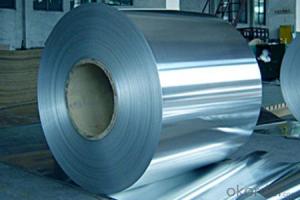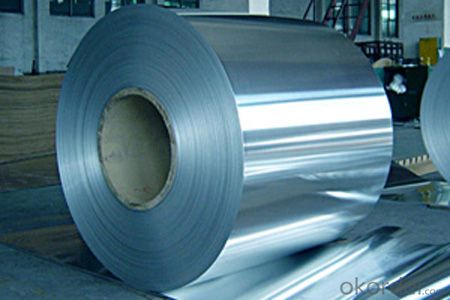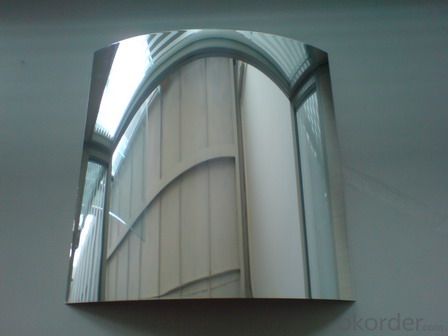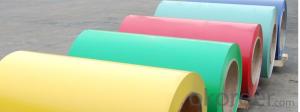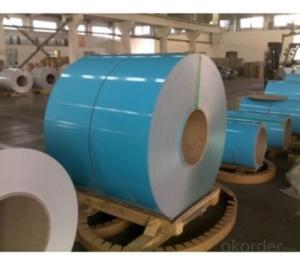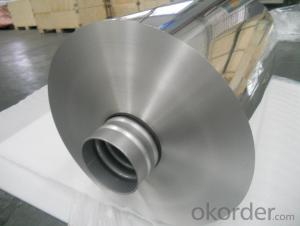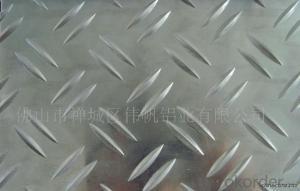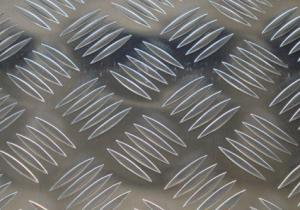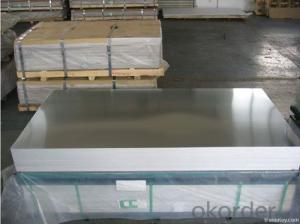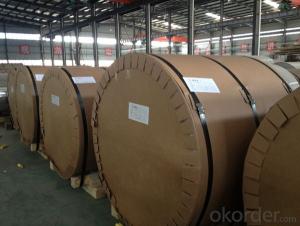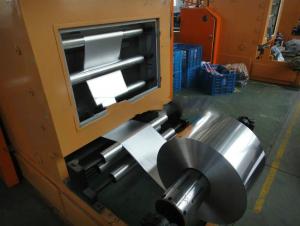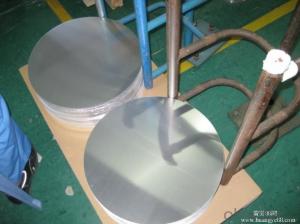7075 Aluminum Sheets for Secondary Continuous Cold Rolling
- Loading Port:
- Shanghai
- Payment Terms:
- TT OR LC
- Min Order Qty:
- 5 m.t.
- Supply Capability:
- 5000 m.t./month
OKorder Service Pledge
OKorder Financial Service
You Might Also Like
Specification
1.Structure of Aluminium Coils for Secondly Continuous Colding Rolling
Aluminium Coils for Secondly Continuous Colding Rolling can be rolled down to aluminium coil,sheet,circle ect. The alloy AA1050 is widly used in building, industry ect. Its weight is much lower than steel. So many customers choosed aluminium material instead of steel.
2. Main features of Aluminium Coils for Secondly Continuous Colding Rolling
a.Competitive price---We have our own mills and can produce mill finished aluminium coils, so we can control the production cost better.
b.Professional after-sale service---We have more than 15 years exportation experience and you need not worry about the exporation problems.
c.Fast delivery time---We can control the delivery time within 35 days.
3. Image of Aluminium Coils for Secondly Continuous Colding Rolling
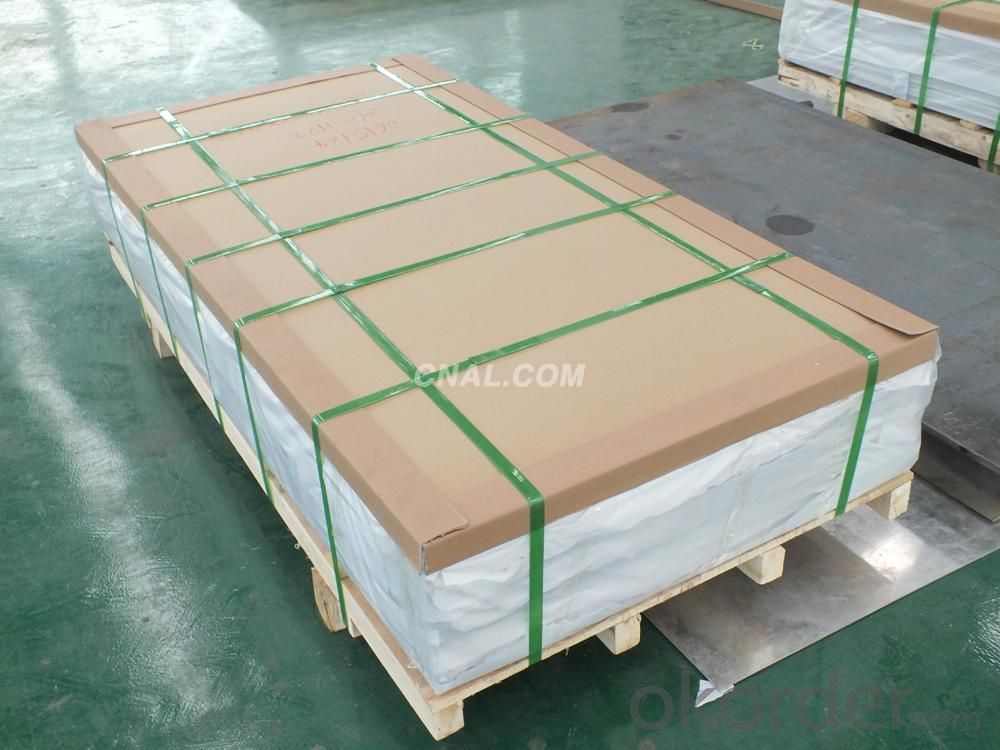
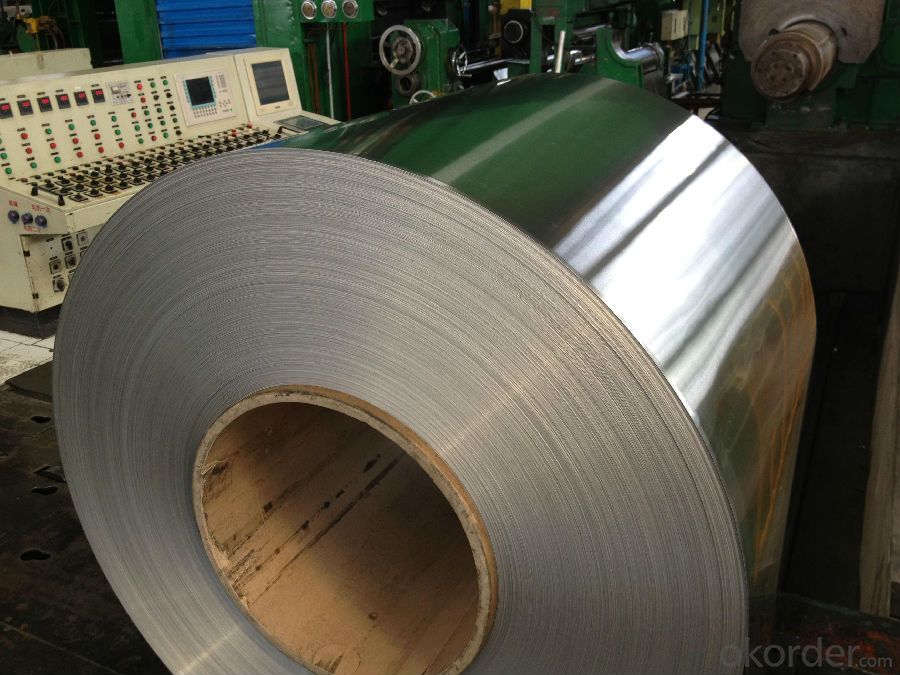
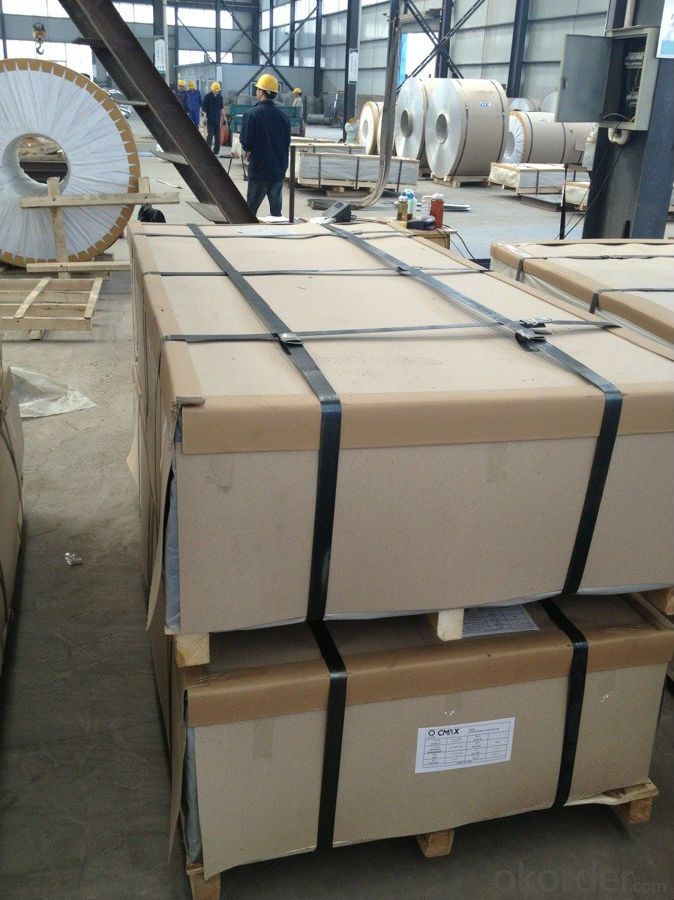
4. Product Specification
| Alloy | Temper | Thickness | Width | Weight |
| AA1050 | H14 | 0.2-3MM | 1000-1800MM | 2 tons |
5.FAQ:
What is the quality standard?
---Usually our standard is GB3880-2006
What is the largest width?
---It is 2300mm
What is the MOQ?
---Usually we can accept 80 tons.
- Q: Can the aluminum sheets be used for manufacturing power transmission lines?
- Yes, aluminum sheets can be used for manufacturing power transmission lines. Aluminum has several properties that make it suitable for this purpose. First, aluminum is a lightweight material, which makes it easier to handle and transport compared to other metals like copper. This can help reduce installation costs and make the power transmission lines more efficient. Second, aluminum has good electrical conductivity, although it is not as conductive as copper. However, due to its lighter weight, aluminum can still achieve similar electrical performance as copper while using less material. This can result in cost savings and lower energy losses in the transmission lines. Furthermore, aluminum has excellent corrosion resistance, which is crucial for power transmission lines that are often exposed to various weather conditions and environmental factors. Aluminum can withstand harsh conditions and maintain its structural integrity over time, ensuring the reliability and longevity of the power transmission infrastructure. In conclusion, aluminum sheets can indeed be used for manufacturing power transmission lines due to their lightweight nature, good electrical conductivity, and excellent corrosion resistance.
- Q: Can aluminum sheets be used in the aerospace industry?
- Yes, aluminum sheets can be used in the aerospace industry. Aluminum is a lightweight material with excellent strength-to-weight ratio, making it a popular choice for various aerospace applications. It is commonly used in the construction of aircraft structures, such as fuselages, wings, and panels. The use of aluminum sheets in the aerospace industry offers several benefits, including reduced fuel consumption due to the weight savings, improved maneuverability, and increased payload capacity. Additionally, aluminum exhibits good corrosion resistance, which is crucial for aircraft exposed to harsh environmental conditions. Overall, aluminum sheets are widely utilized in the aerospace industry for their favorable properties and performance.
- Q: What are the different methods of punching aluminum sheets?
- Various techniques are employed to punch aluminum sheets, each possessing unique advantages and limitations. Presented below are some of the most commonly used methods: 1. Manual Punching: The most fundamental approach involves the use of handheld punch tools to manually create holes or shapes in aluminum sheets. It is suitable for small-scale projects and uncomplicated designs, yet it may be time-consuming and less accurate when compared to alternative methods. 2. Mechanical Punching: Mechanical punching machines utilize a mechanical press equipped with a punch and die set to puncture holes or form shapes in aluminum sheets. Such machines offer higher production rates, improved accuracy, and repeatability. This method is well-suited for medium to large-scale projects. 3. CNC Punching: Computer Numerical Control (CNC) punching machines employ computer programming to control the motion of the punch and die set. This technique enables the creation of intricate shapes, patterns, and multiple holes in a single operation. CNC punching provides exceptional precision, efficiency, and versatility, making it highly sought after in industrial settings. 4. Laser Punching: Laser punching merges laser cutting and punching technologies. A high-powered laser beam heats and softens the aluminum sheet, followed by a mechanical punch that forms the desired hole or shape. Laser punching delivers superior precision, speed, and the capability to work with various materials and thicknesses. It is commonly employed in the automotive and aerospace industries. 5. Waterjet Punching: Waterjet punching involves using a high-pressure stream of water mixed with abrasive substances to cut through aluminum sheets. This method is ideal for cutting intricate shapes and thick materials. It boasts exceptional precision, minimal material distortion, and the ability to work with a diverse range of materials. The choice of punching method depends on factors such as design complexity, required precision, production volume, and budgetary considerations. It is crucial to consider these factors and seek guidance from professionals to determine the most appropriate punching method for a specific application involving aluminum sheets.
- Q: Can aluminum sheet be used for aerospace applications?
- Certainly, aluminum sheet finds application in the aerospace industry. Owing to its advantageous characteristics, including being lightweight, highly robust, and resistant to corrosion, aluminum is extensively employed in this sector. It is frequently utilized in the fabrication of aircraft fuselages, wings, and structural elements. Aluminum sheets are commonly employed in the production of aircraft panels, where their exceptional strength-to-weight ratio facilitates enhanced fuel efficiency and greater payload capacity. Furthermore, aluminum sheets offer versatility and suitability for a wide range of aerospace applications due to their ease of forming, machining, and welding.
- Q: What is the usage of aluminum sulfate for every ton of paper produce for kraft paper and news print
- Aluminium sulphate was the most extensively used chemical raw material in the papermaking industry. Its primary use was in the rosin sizing of paper where the rosin soap was reacted with aluminium sulphate to impart hydrophobis characteristics to the paper. The alum had a side benefit in fixing all types of anionic substances into the paper web. All types of paper, even those that were not sized, such as newsprint,were made using alum. This resulted in the paper being made under acidic conditions. The technology has changed markedly over the last 10 to 20 years with synthetic sizing agents being developed which do not require reaction with alum. In my country there is not 1kg of fine writing and printing paper made with rosin/ alum sizing, and no alum is used at all. Various synthetic highly charged cationic resins have been developed, such as polyacrylamide resins, polyethyleneimine resins, etc, whic are used as fixing and retention agents, so that alum has been virtually eliminated. To sum up the importance of aluminium sulphate as a papermaking chemical is now very limited.
- Q: This question asks for the various dimensions in which aluminum sheets can be obtained.
- <p>Aluminum sheets are available in a variety of sizes depending on the manufacturer and the specific application. Common sizes include 12x12 inches, 24x24 inches, 4x8 feet, and 4x10 feet. Thickness can range from 0.010 inches (0.25 mm) for thin sheets to 0.5 inches (12.7 mm) for thicker plates. Custom sizes can also be ordered, and the availability of these sizes may vary by supplier. It's important to check with the specific supplier for the exact sizes they offer, as options can differ.</p>
- Q: Are aluminum sheets suitable for bulletproof applications?
- Aluminum sheets have not typically been deemed appropriate for bulletproof applications because they are relatively weak and less dense compared to other commonly used bulletproof materials, such as steel or ballistic ceramics. Despite having good corrosion resistance and a high strength-to-weight ratio, aluminum lacks the necessary hardness and toughness to effectively halt or slow down bullets. In contrast, materials like steel or ballistic ceramics possess superior properties that allow them to withstand the impact of ballistic projectiles. For instance, steel has both high hardness and strength, enabling it to absorb and disperse the energy from a bullet upon impact. On the other hand, ceramic materials have high compressive strength and hardness, causing them to shatter and absorb the energy of a bullet, thereby preventing penetration. In summary, while aluminum sheets may have various uses due to their resistance to corrosion and lightweight nature, they are generally unsuitable for bulletproof purposes. To achieve effective protection against ballistic threats, it is advisable to consider materials specifically designed and engineered for such purposes, such as steel or ballistic ceramics.
- Q: Are aluminum sheets suitable for automotive heat shields?
- Yes, aluminum sheets are suitable for automotive heat shields. Aluminum is a lightweight and highly conductive material, making it an excellent choice for heat management in automotive applications. It has a high melting point and good thermal conductivity properties, allowing it to effectively absorb and dissipate heat generated by the vehicle's engine, exhaust system, or other heat sources. Additionally, aluminum sheets are easy to shape and form into various sizes and designs, making them versatile for different automotive heat shield applications. Overall, aluminum sheets provide a cost-effective and efficient solution for protecting sensitive components from heat damage in automotive systems.
- Q: Is it possible to utilize aluminum sheets in the construction of environmentally friendly buildings?
- <p>Yes, you can use aluminum sheets to create a green building. Aluminum is a sustainable material due to its recyclability and energy efficiency in production. It has a high recycled content rate, reducing the need for raw material extraction. Additionally, aluminum's lightweight nature can lead to reduced energy consumption in transportation and construction. Its durability and resistance to corrosion can extend the life of a building, further contributing to sustainability. However, it's important to consider the entire lifecycle impact, including the energy used in aluminum production, and to source aluminum responsibly to ensure a truly green building.</p>
- Q: What is the corrosion resistance of aluminum sheets?
- Aluminum sheets have excellent corrosion resistance due to the formation of a protective oxide layer on their surface, which prevents further oxidation or corrosion.
Send your message to us
7075 Aluminum Sheets for Secondary Continuous Cold Rolling
- Loading Port:
- Shanghai
- Payment Terms:
- TT OR LC
- Min Order Qty:
- 5 m.t.
- Supply Capability:
- 5000 m.t./month
OKorder Service Pledge
OKorder Financial Service
Similar products
Hot products
Hot Searches
Related keywords
